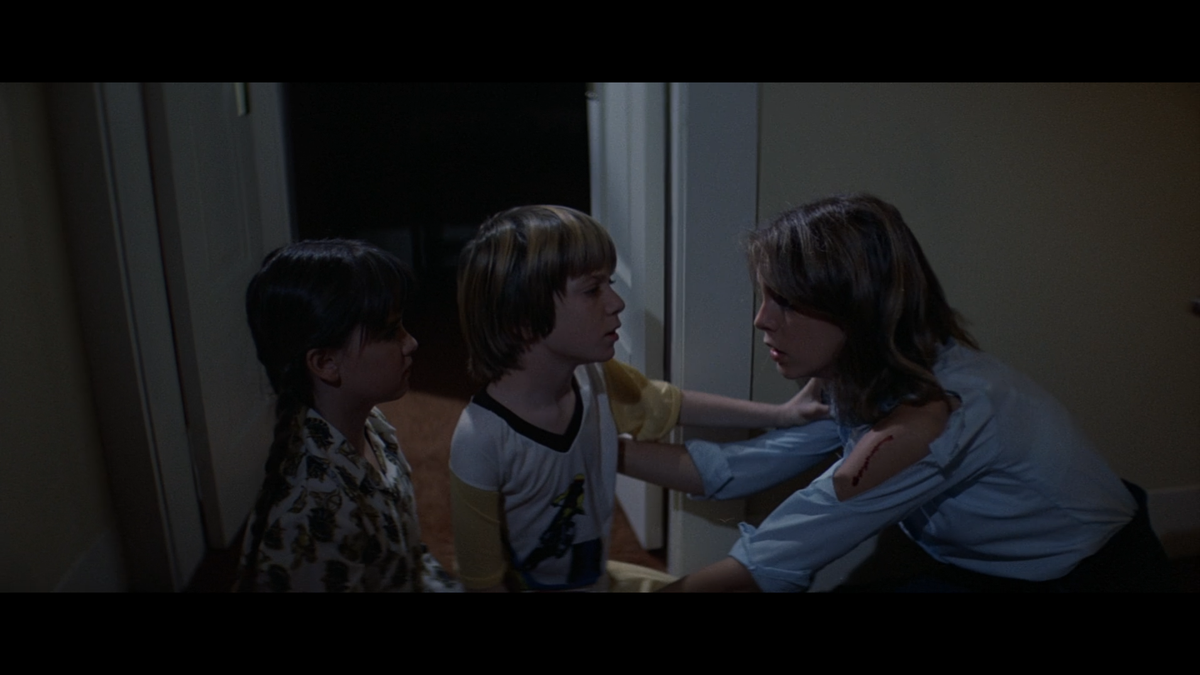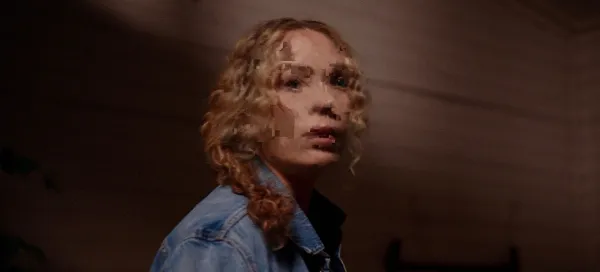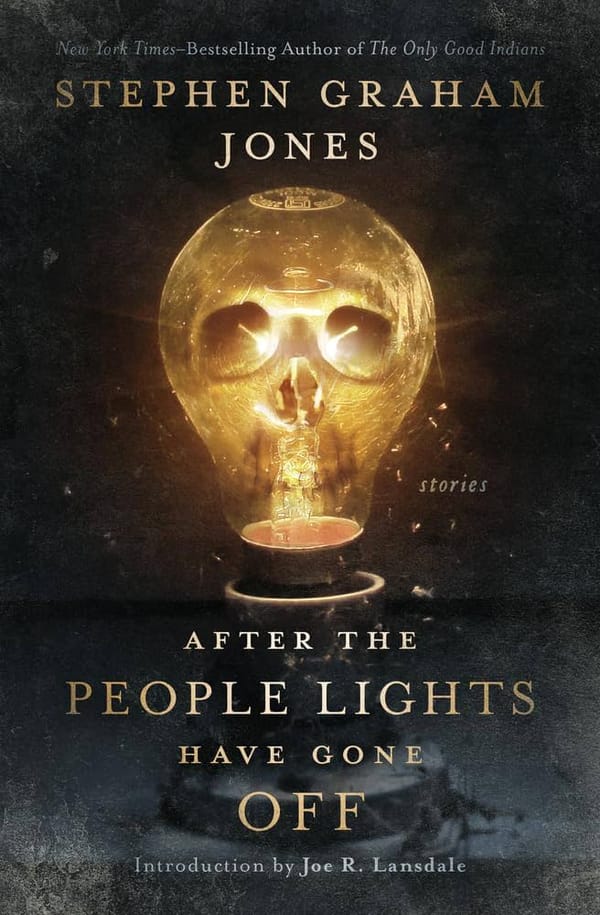Tracing The Shape 26: Michael and The Kids

One of the more fascinating things about Halloween is how little, for all the backstory and insight it tries to pepper in throughout its runtime, it seems to care about who Michael Myers was before that night in 1963 when he murdered his sister. Those six years, the ones that brought Michael to the decisive moment in his life, remain a mystery.
We know from Loomis exactly what Michael was like after he killed Judith: Mute, frozen, unreachable. We also know that, however unreachable he was to the outside world, he clearly had an inner life which allowed him to plan for this night in 1978, to think critically about the information he was given, and to be an opportunist. But we get nothing about five-year-old Michael, who he might have been, and what drove him to darkness.
What we do know is that, for all his brutal tendencies, Michael seems to have no interest in killing a child. If you're sexually mature, you seem to be fair game, but if you're an elementary school kid who just got done trick-or-treating for the night, you are apparently safe.
Here again, we have a wrinkle in Michael's personality that, for me, keeps him at a slight remove from the "purely and simply evil" characterization that's shaped so much of his place in pop culture. Apart from the way he kills – quickly, cleanly, efficiently with whatever's to hand – there are very few things about Michael that actually read as simple, and his approach to children is just one example.
Let's look back at what we know about Michael and kids so far. He caught one of Tommy Doyle's bullies in his literal hands and just let the kid walk away. He followed Tommy after school, but seemingly only because Tommy was connected to Laurie the moment she stepped on the porch of the Myers house. He waited until Lindsey was safely across the street to kill Annie. And now, finally in the Doyle house with Laurie, Tommy, and Lindsey, he walks right past the flimsy locked doors of the room where the children are hiding, and focuses solely on Laurie.
You could argue he walks past that door simply because it's locked, and kids don't really a pose a challenge to him (i.e. he can deal with them any time he wants), but I don't think the text of the film backs that up. I don't think Michael wants to kill kids at all if he can help it, and I think that says a lot about where he's coming from as a killer.
When we think about what little we know from Michael's childhood, he seems to have had a pretty normal existence before Halloween 1963. His family was apparently intact, his parents felt comfortable leaving him at home with his sister, and he was "normal" enough to get a Halloween costume and, presumably, go out trick-or-treating at some point. Granted, mental health resources for children in the 1970s were definitely not what they are now, so it's possible Michael was always considered...different. But however different he was, he still seemed to fit into the traditional Little Brother mold well enough that Judith didn't seem to mind him wandering around, and neither did his parents.
The circumstances under which Michael killed Judith – she neglected him, threw all of her attention to her boyfriend, left him alone when their parents were gone, etc. – are enough to make you ask whether abuse was at play somewhere in the household, and while I can't rule it out, I don't think "He has a mean Big Sister" is necessarily enough to make that leap.
For me, Michael's childhood fall into darkness means one of two things: Either he was always this way and he was just waiting for his moment, or he was a relatively well-adjusted kid until he made one impulsive decision.
I think both of these paths have merit, but when in doubt, because Halloween is a movie so focused on myth-making within its story, I lean toward the latter. As we talked about way back at the beginning of this journey, Michael emerges from his house in 1963 looking dazed and lost, like he's just been somewhere he never imagined, and maybe he brought something back with him. A ragged, impossibly wide psychic wound has been opened in this little boy, and it will never heal.
This is, of course, terrifying, and yet it's a thing that happens, a thing we can recognize. We have heard stories, true stories, about children who were never the same after one violent act, however impulsive and foolish it was. We know, as adults who were once kids, that everything can change in a single moment. Our cosmos, the little world we've built for ourselves, can fragment and fall away, and the world which rises up in its place might not be as welcoming.
I don't think there was any coming back to the old world for Michael after he killed Judith. I'm not even sure he'd want to go back there if he could, because whatever he let into himself in that moment has made a home in him, his only true friend, and a part of him likes that, surrenders to it.
But the Michael who was there before is not entirely gone. He's in there somewhere, recognizing not only that any childhood he might have had after 1963 was taken from him, but the childhood he had before he killed his sister is also forever broken. So when he sees a child now, he sees what he could have been had he not given in to the darkness, and he allows that to persist, but not just because he wants to let those kids be innocent for as long as possible.
Because Michael Myers knows that all it takes is a moment to transform permanently into something like him, and a part of him wonders as he pursues Laurie Strode: If he lets these kids live, will they eventually join him in the dark?
Next Time: Laurie the Hero!



